Discover 5 hidden attractions, cool sights, and unusual things to do in Corbridge (United Kingdom). Don't miss out on these must-see attractions: Aydon Castle, Dilston Castle, and Corbridge Bridge. Also, be sure to include Corbridge Vicar's Pele in your itinerary.
Below, you can find the list of the most amazing places you should visit in Corbridge (England).
Table of Contents
Aydon Castle
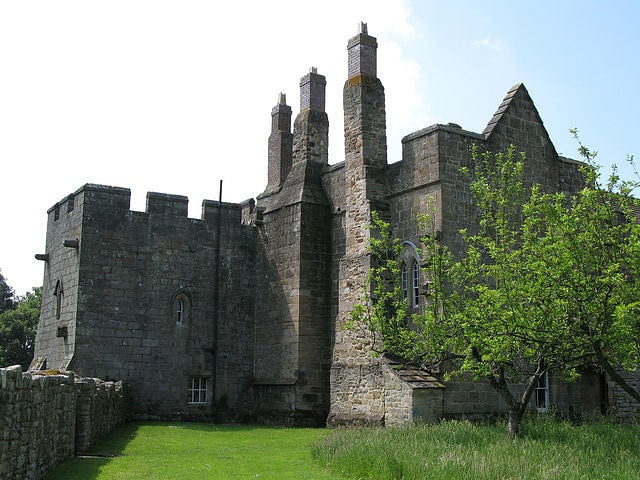
Building in Corbridge, England. Aydon Castle, previously sometimes called Aydon Hall, is a fortified manor house at Aydon near to the town of Corbridge, Northumberland, England. It is a Scheduled Ancient Monument, and is designated by English Heritage as a Grade I listed building.[1]
Address: Off Aydon Road, NE45 5PJ Corbridge
Dilston Castle
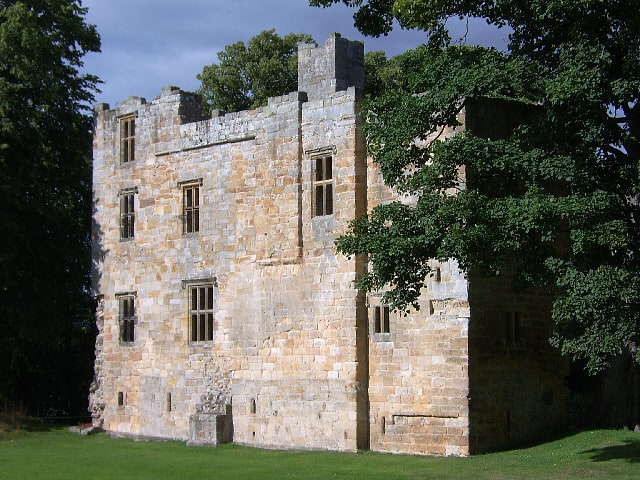
Castle in Corbridge, England. Dilston Castle is a ruined 15th-century tower house situated at Dilston, near Corbridge, Northumberland, England. It has Scheduled Ancient Monument and Grade I listed building protection.
A three-storey tower was built by Sir William Claxton on the site of an earlier pele tower in the 15th century.[2]
Address: Dilston Mill House, NE45 5QZ Corbridge
Corbridge Bridge
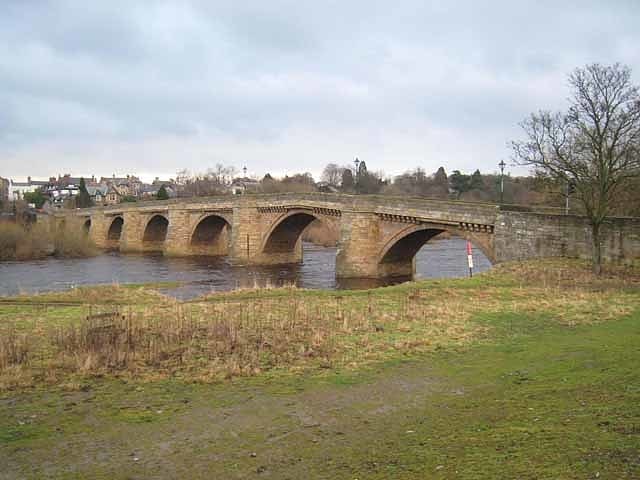
Bridge in Corbridge, England. Corbridge Bridge is a 17th-century stone bridge across the River Tyne at Corbridge, Northumberland, England.
The bridge used to carry the A68 road over the River Tyne, but since the opening of the Hexham bypass (A69) the A68 now crosses by the Styford Bridge, 3 miles (5 km) downstream of Corbridge. It is listed as a Grade I building by Historic England.[3]
Corbridge Vicar's Pele
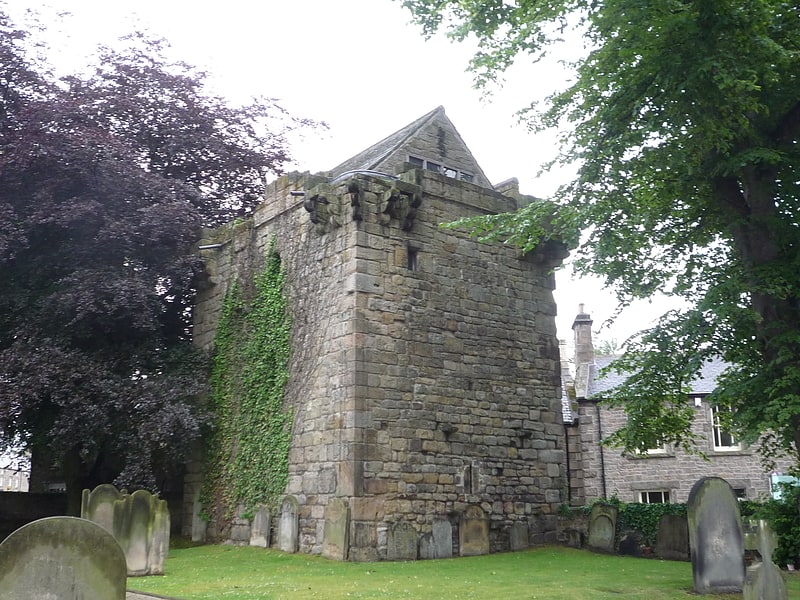
Tower in the United Kingdom. Corbridge Vicar's Pele is a pele tower in the village of Corbridge, Northumberland, England.
It was a three-storey defensive pele tower, with one room to each storey, built in the churchyard in 1318, and used as the vicarage for the adjacent church. It is built largely from sandstone taken from the Roman fortress at Coria nearby. It was in use as a vicarage until the early 17th century. In the summer of 2016 the tower was re-opened as a wedding and events venue after a three-year redevelopment project.[4]
Corbridge Lion
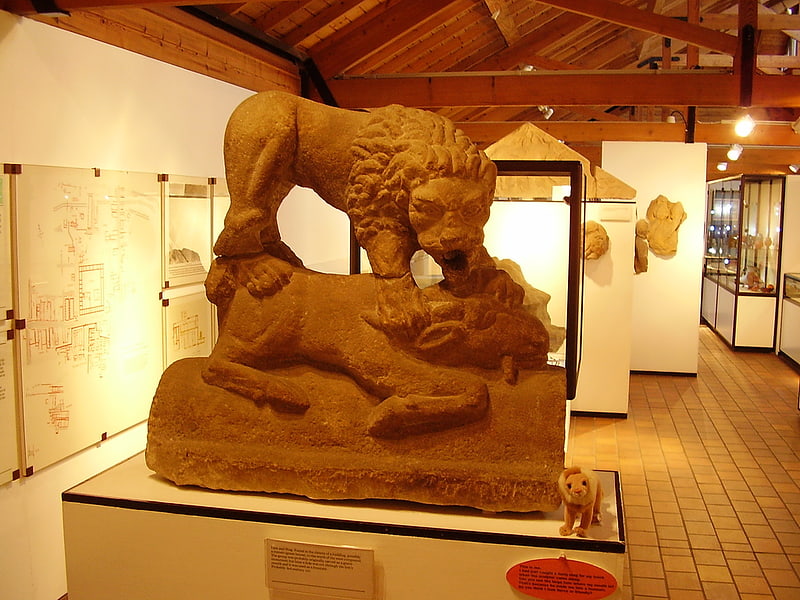
The Corbridge Lion, Northumberland, England, is an ancient Roman free-standing sandstone sculpture of a male lion standing on a prone animal on a semi-cylindrical coping stone base. Measuring 0.95m in length by 0.36m in width and 0.87m high, it was originally a piece of decorative funerary ornamentation from a tomb. It was subsequently re-used as a fountainhead by passing a water pipe through its mouth. It was found in a water tank in 1907 in excavations led by Leonard Woolley on Site II on the Roman site at Corbridge. It is believed to date to the 2nd or 3rd centuries AD.
In his autobiographical volume Spadework, Woolley noted that it was found whilst he was at the bank in Corbridge collecting the workers' wages, and that when they revealed their discovery to him upon his return, the man who excavated it commented "when I first saw that there lion he had a blooming orange in 'is mouth!" (Woolley 1953:16).
At least four other stone lions have been found at Corbridge, two of them excavated in association with the enclosure wall around a 2nd-century mausoleum at Shorden Brae, in the cemetery just west of the Roman town (Gillam and Daniels 1961), one built into a wall in the village (Phillips 1977:32), and another (now lost) was in the private museum owned by Bartholomew Lumley during the early 19th century (Dickinson 2000:114).
The Corbridge Lion is now on display in the Corbridge Roman site museum run by English Heritage. The Lion of Corbridge Hotel (closed 2003), immediately south of the modern bridge, was named after it.[5]